History of the Devotion
The Devotion to the Mother of Sorrows dates back to the beginning of the Church. The first example we have is St. John at the foot of the Cross. This devotion was enshrined in Church history by the gospel narrative of St. John – “Now there stood by the Cross of Jesus, His Mother… (Jn. 19:25).
Though the devotion has always been part of Catholic piety, it was not until the 13th Century that the devotion of meditating on the sorrows of Our Lady began to flourish much more. In Florence, Italy seven holy men of noble birth left the city seeking solitude on Mont Senario and together formed a community dedicating their lives to prayer and penance. The seven holy men all had a strong devotion to Our Lady.
On Good Friday in 1239, while they were meditating on Our Lord’s Passion and Our Lady’s sufferings, Our Lady appeared to the 7 holy men and revealed to them Her wish for them to form an Order dedicated to practicing and promoting the devotion to Her Sorrows. These men became the founders of the religious Order of the Servants of Mary (or Servites) and are all canonized saints today.
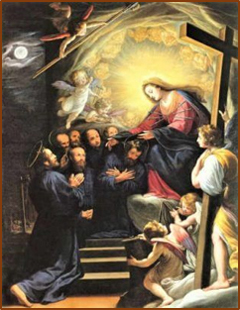
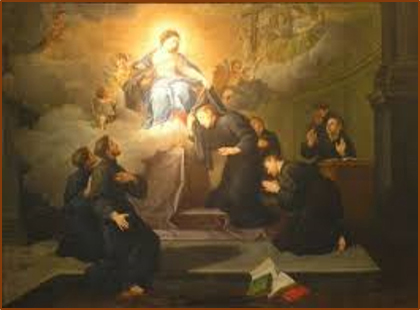
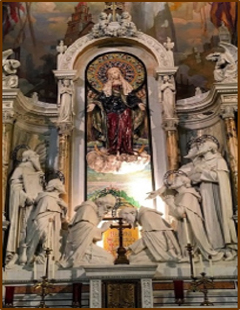
At Our Lady’s request, the seven founders made the object of their Order, meditation on the pains suffered by Our Lady in the Life, Passion and Death of Her Son, Our Lord Jesus Christ, and undertook promoting this devotion of meditating on the Seven Sorrows of Our Lady to all Catholics, which became the foundation of the Rosary of the Seven Sorrows of the Blessed Virgin Mary. There are two days which The Feast of Our Lady of Sorrows is celebrated, on Friday before the Good Friday, and September 15th.
Because of the Seven Sorrows which pierced Her maternal heart, the Sorrowful Mother is often represented either as standing beneath the Cross, or as holding the lifeless body of Jesus on Her lap, Her heart transfixed by seven swords, as foretold in the prophecy of holy Simeon at the presentation: “And thy own soul a sword shall pierce.” (Luke 2:35).
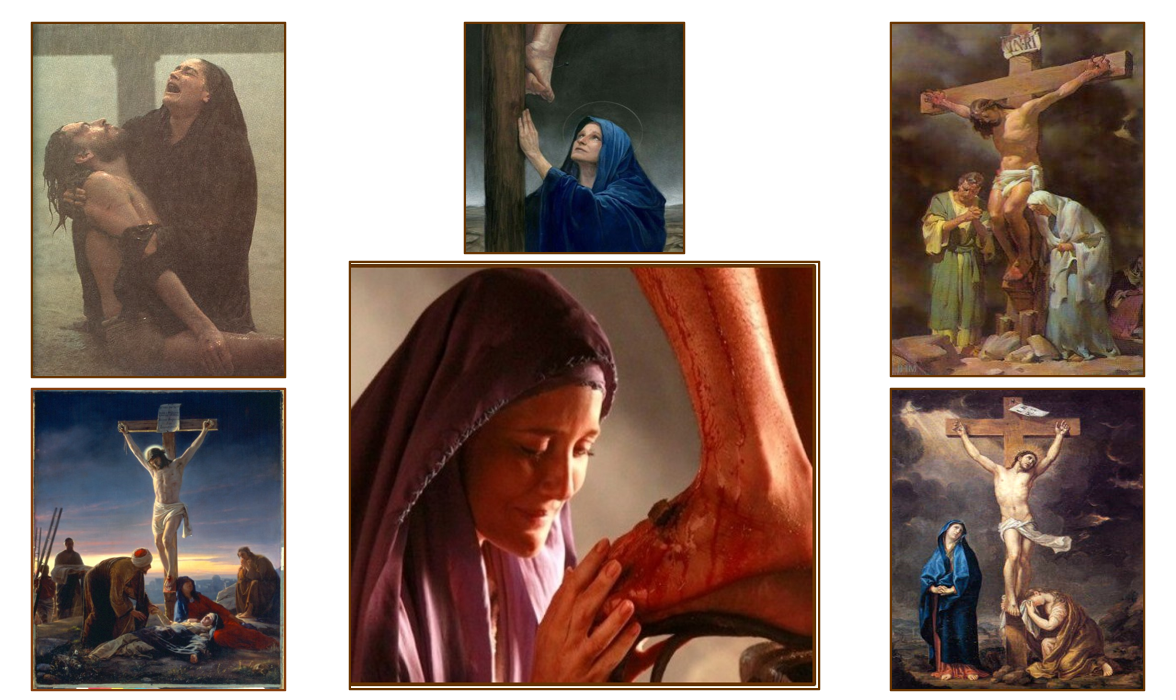
The Holy Church recalls to our mind only Seven of Our Lady’s Sorrows, but who could form an estimate of their real number! The sufferings of the Mother of God cannot be comprehended; they are inconceivable. But although her whole life was, like that of her Divine Son, a continuous series of sufferings and tribulations, the greatest woes and trials came to her during the week of the bitter Passion and Death of Jesus, when the storm of hatred and fury burst forth with all violence against Him.
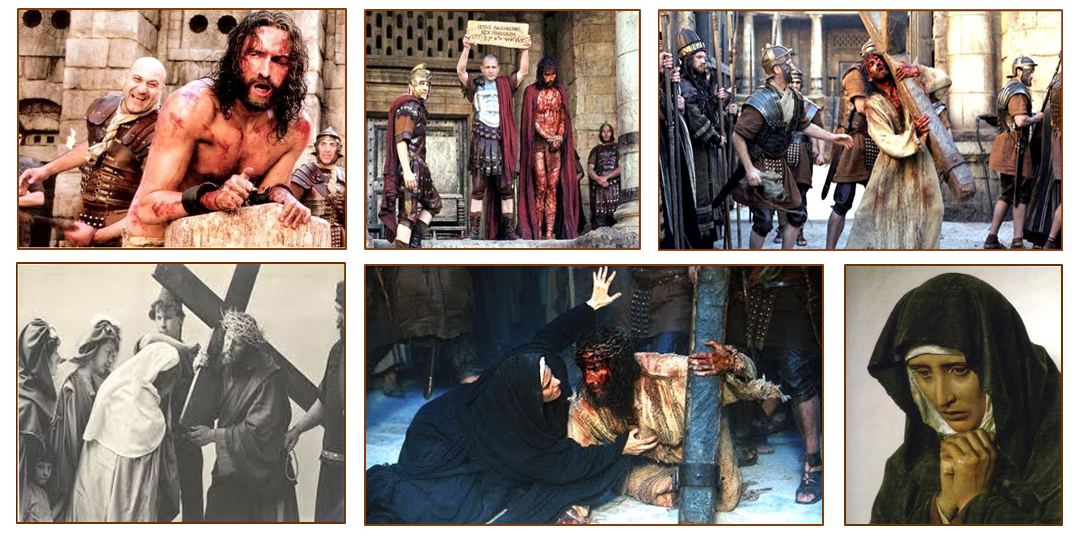
During Our Saviour’s Passion, every glance at her suffering Son forced the sword deeper into Mary’s soul. Every sound of His voice brought special bitterness to her heart. Every increase of her love for Him, and it increased with every moment of His Passion, augmented her sorrows. The dearer and more precious Our Lord became to Her, the more keenly She felt the heart-rending woe of His cruel and ignominious Passion!
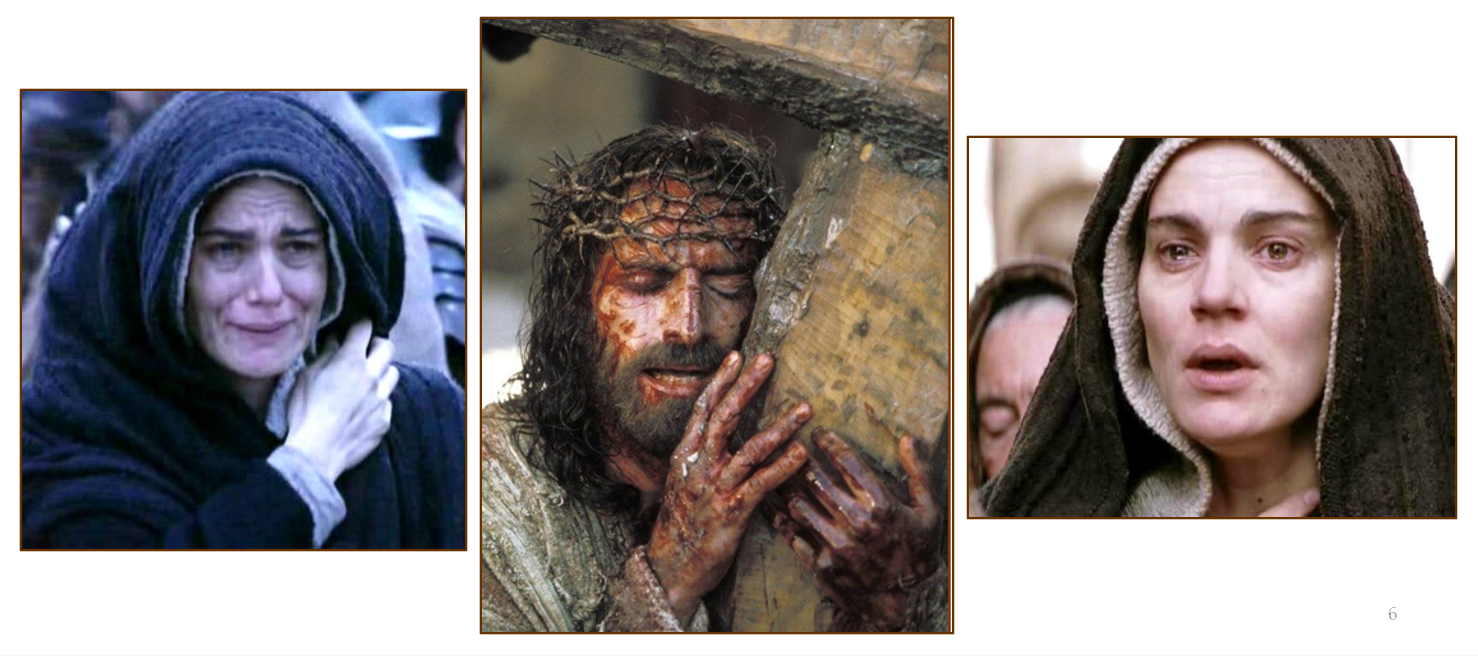
In her spirit as well as in her senses, she felt every blow that was inflicted upon her Divine Son, every insult that was offered to His sacred Person. Yet no complain or escaped her blanched lips. With heroic fortitude She suppressed her violent grief and, wholly conformed to the Divine Will, generously offered the sacrifice of her Son for the sins of the world.
“The Martyrs endured their torments in their bodies; Mary suffered Hers in Her soul.”
Saint Alphonsus Liguori
